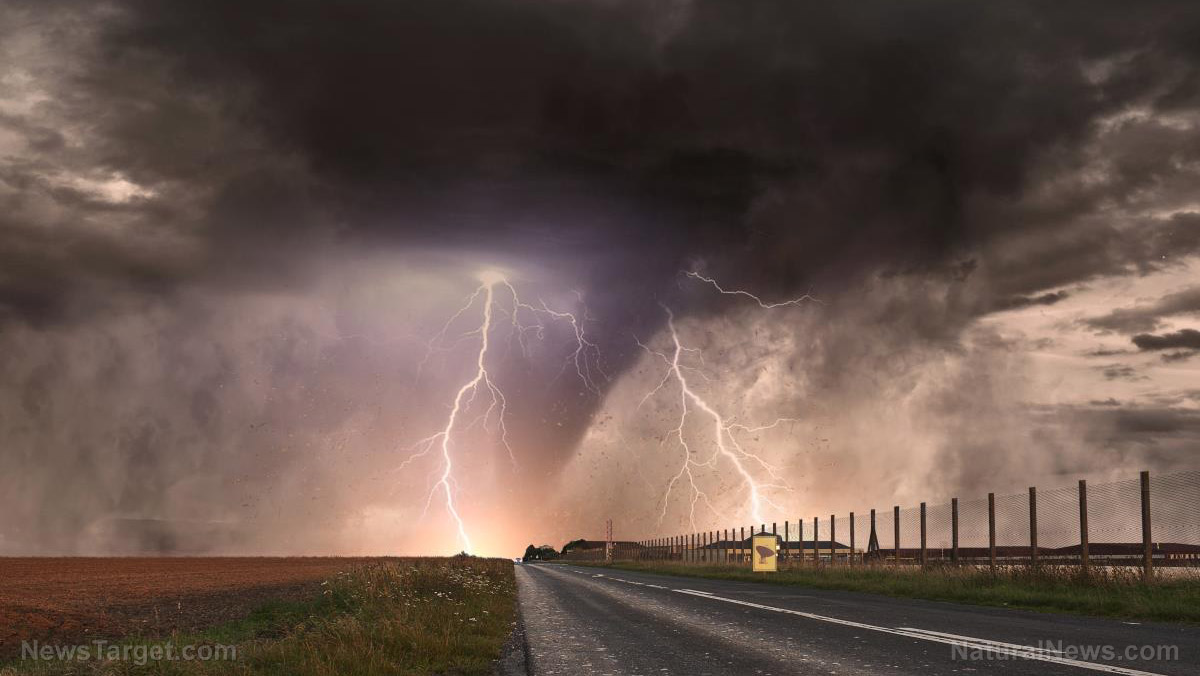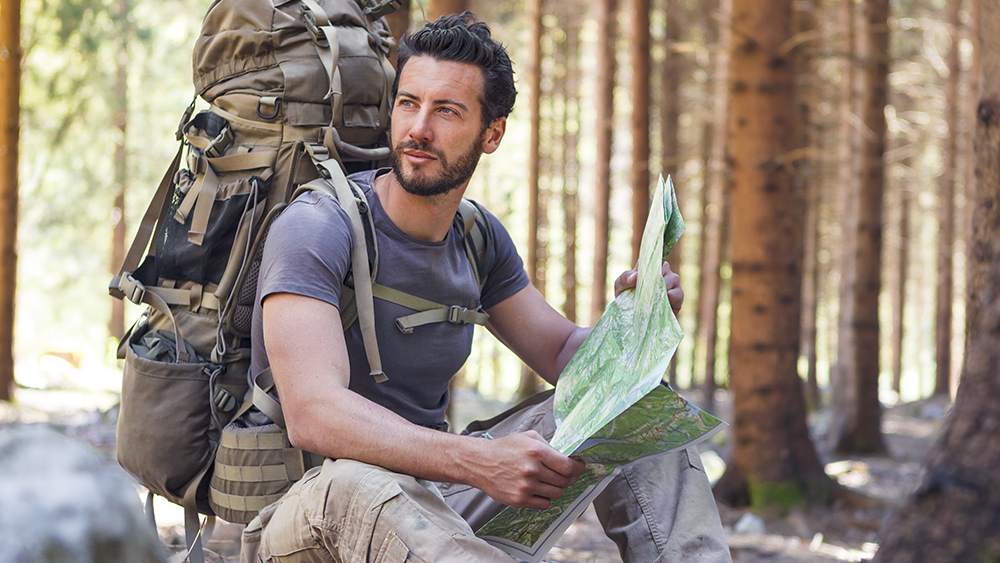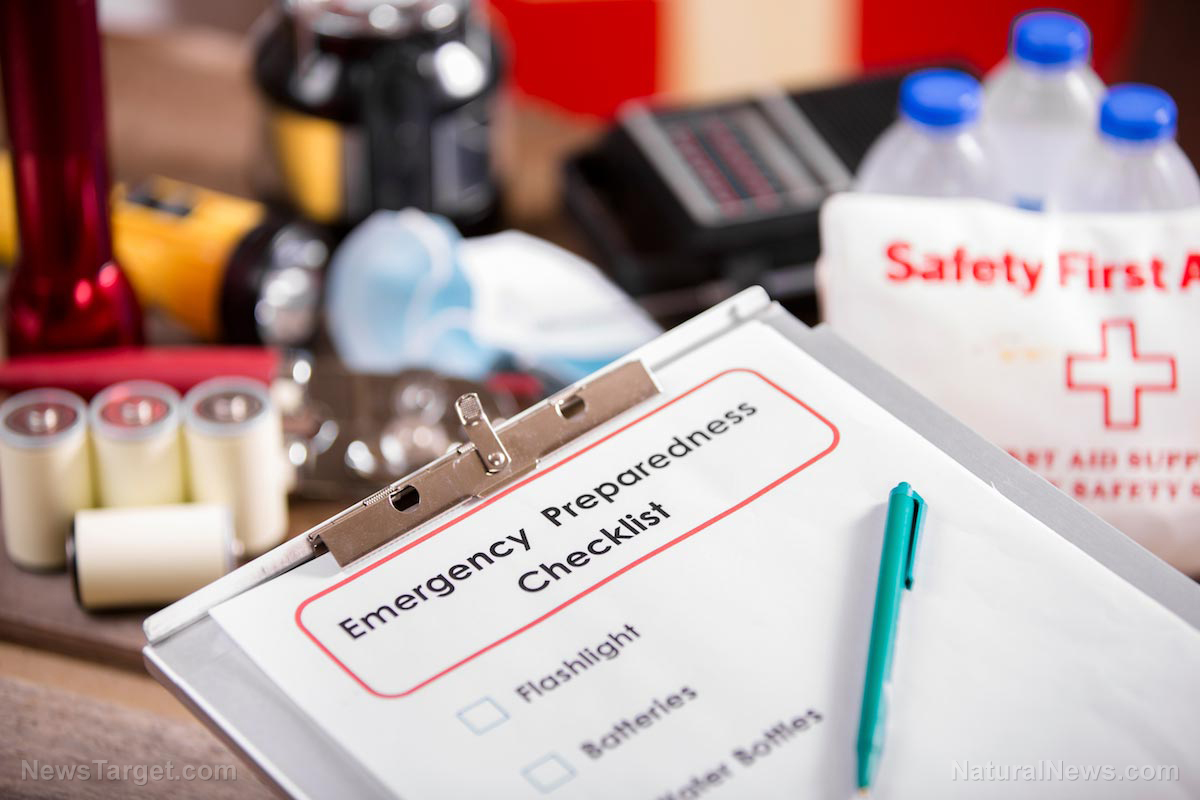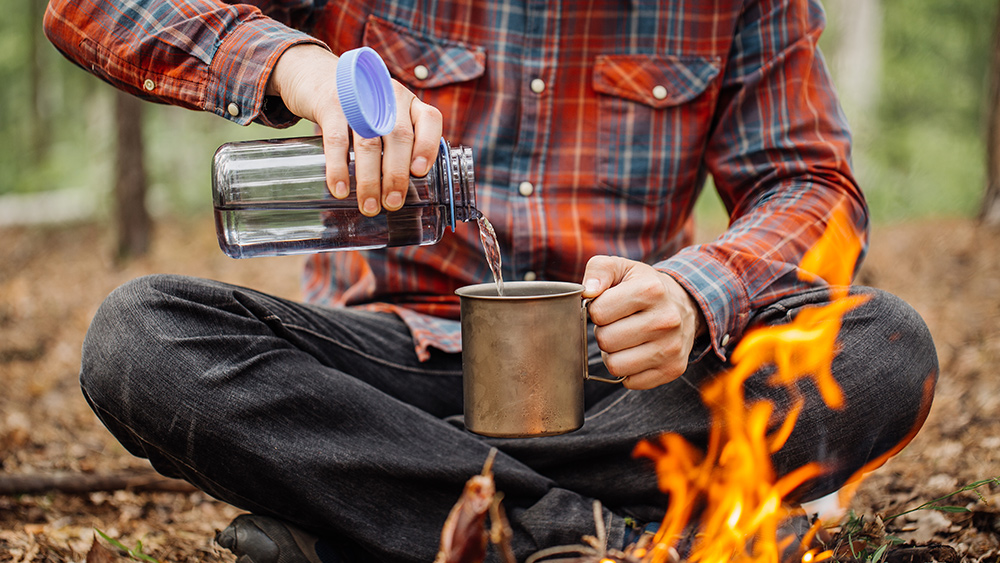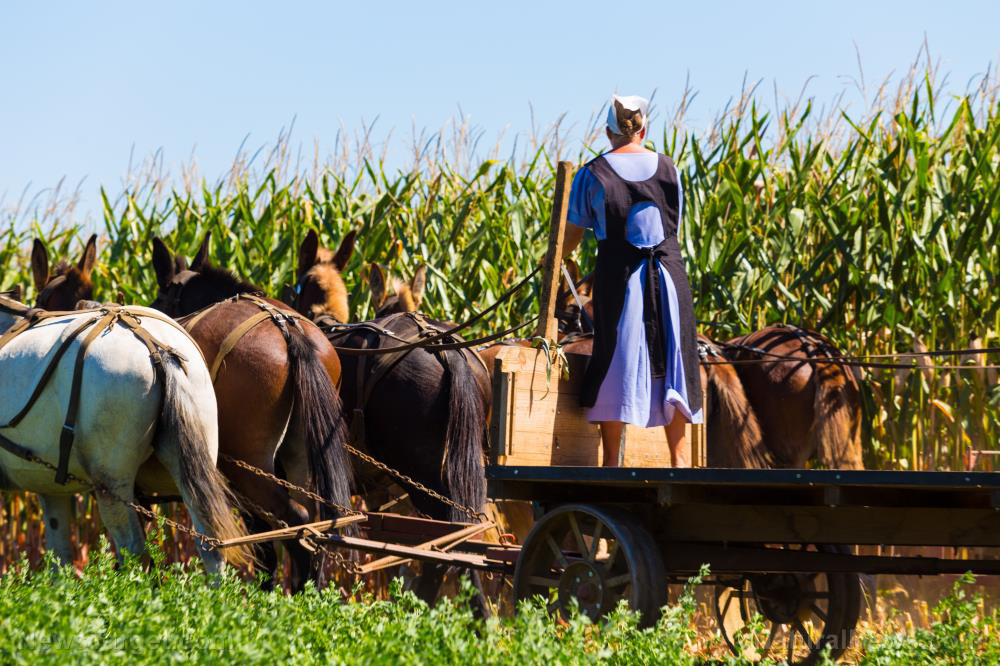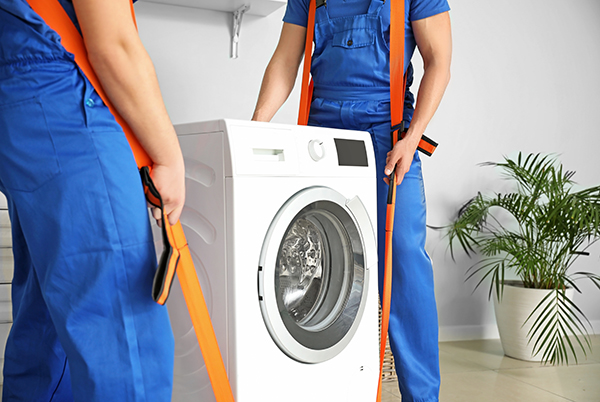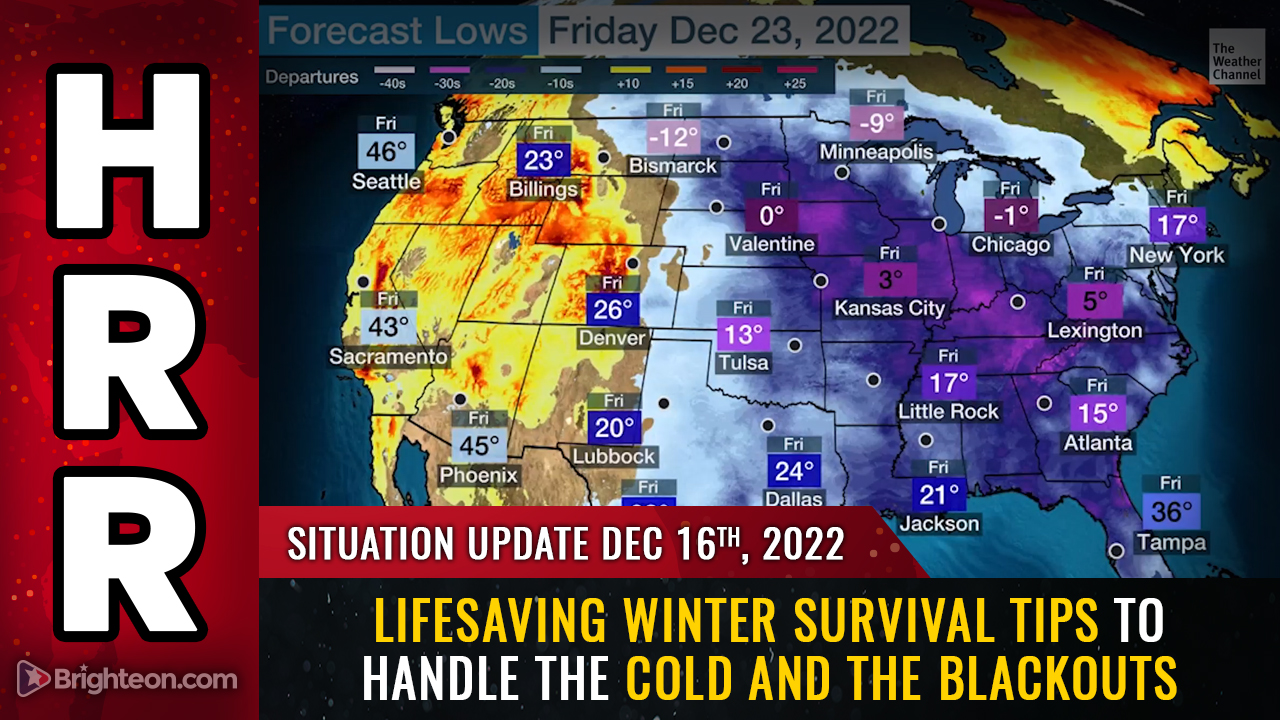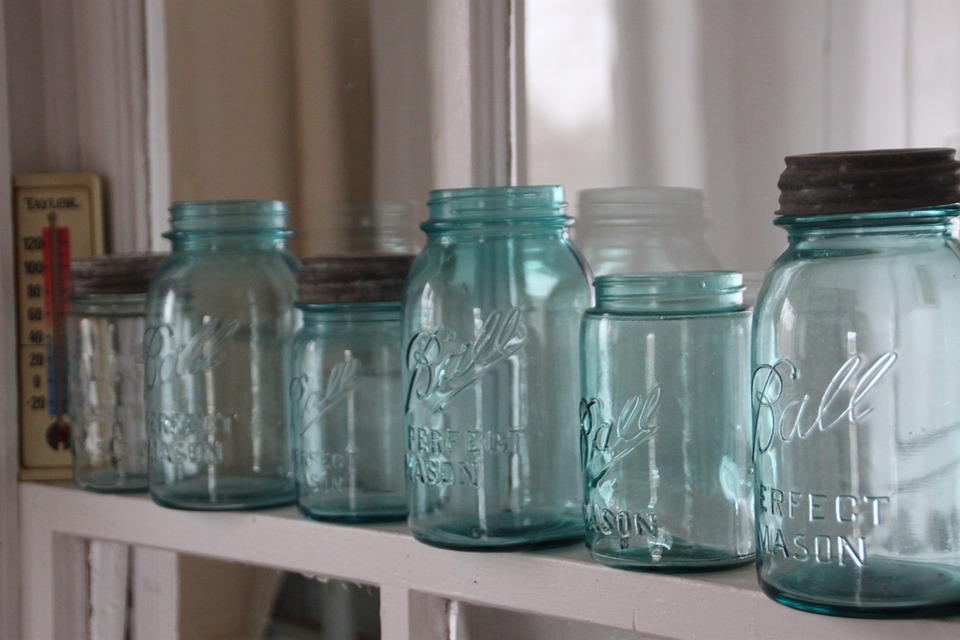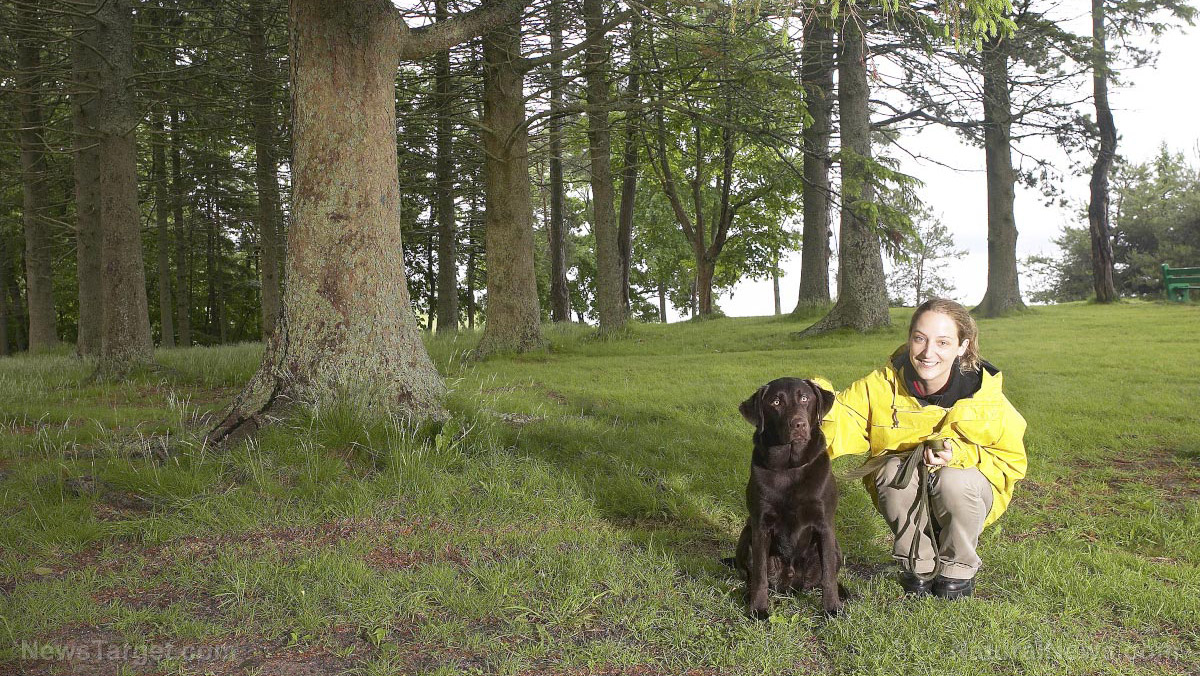8 Ways you can turn overlooked household items into survival tools
12/21/2022 / By Olivia Cook
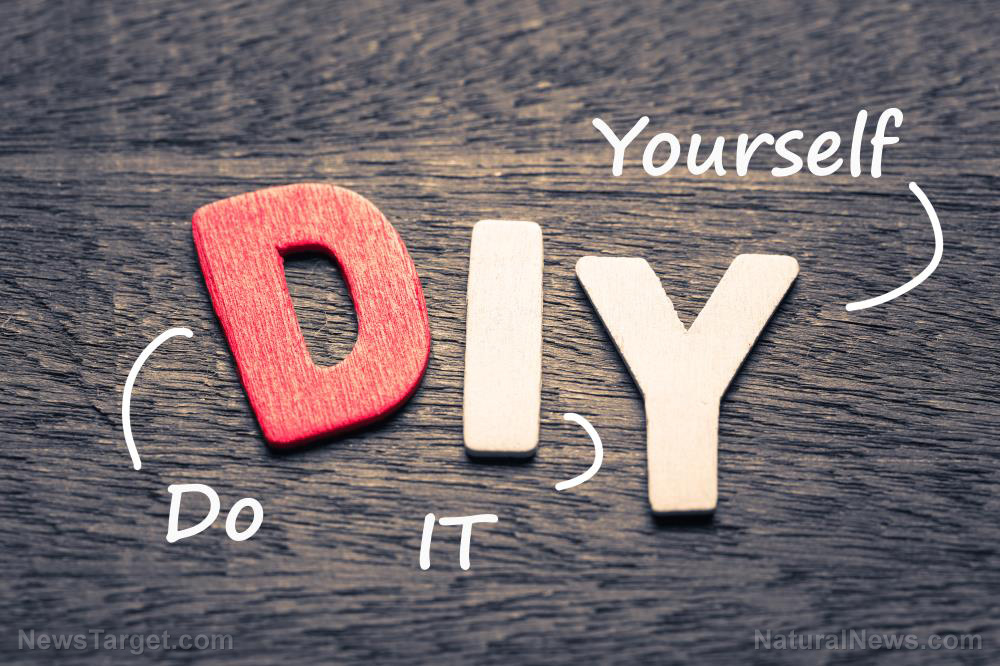
Here are eight ways you can use your overlooked household items as survival tools:
Make a Faraday cage
You can turn a steel trash bin, bucket or can into a Faraday cage to keep your small electronics from electromagnetic pulses and for privacy and security. They are sold in a variety of sizes so you can select one that works best with the number of electronics you are trying to keep safe.
Wrap each item in cloth, then wrap them in three layers of foil. Place them in a box and wrap the box in two layers of foil. Store off the ground once wrapped. Line your trash can or bucket with cardboard and seal it with its tight-fitting lid. You need to ensure a clear separation between both the layers of foil and between the foil and the trash can or bucket metal.
Grow food
A 20-32 gallon trash bin is a great way to grow potatoes, which require large amounts of earth heaped on top of growing plants. Either drill holes in the bottom of metal trash cans for drainage or just cut the entire bottom off the plastic ones to grow potatoes. Start the potatoes in about 10 inches of soil and add more for every 10 inches or so of growth. The best part is the trash can is easily cleaned and used for a new crop as soon as the first crop is harvested.
People have also been known to build entire gardens in five-gallon buckets. To make this even easier, you can build several Alaska Grow buckets and connect them to a water reservoir that only needs to be refilled every week or two.
Make emergency snow shovel
You can use small trash cans and buckets to move snow (and sand). Just make sure your cans are sturdy enough to hold up under the weight of the snow before you start using them to dig for snow emergencies.
Make natural fuel stoves
Building rocket stoves out of aluminum cans, metal buckets and trash cans does not require rocket science for anyone wanting an outdoor stove.
For the average person, an aluminum can rocket stove is going to be the cheapest and easiest to make. There are some rocket stove designs available online that can be used for indoor heating, but these require materials, skills and tools that not everyone has.
Dispose of human waste
A smaller trash bin or a five-gallon bucket can work as a makeshift toilet – a simple solution in situations where human waste needs to be carried away for disposal. You can pour a few scoops of kitty litter (if available) into 10-gallon trash bags or line your trash can or five-gallon buckets with a double layer of trash bags.
Place a couple of 2x4s over the rim to create a seat on a lidless bucket, but it’s going to be difficult for some people (and children) to squat over one.
Collect rainwater
You can make DIY rain barrels out of garbage cans in just a couple of hours and save about 300 gallons of water to collect and store this precious resource until you need it. You can greatly reduce your water bills by using your collected rainwater for your garden, besides helping conserve your area’s water supply.
Build a water filter
You can build a biosand water filter (an adaptation of the traditional slow sand, water filter) or a DIY Big Berkey-style water filter system with a few five-gallon buckets, some PVC pipes, gravel, sand and charcoal to have water that is free of heavy metals, bacteria and viruses. A few pounds of charcoal can last several months before you have to replace it.
Create garden helpers
Clean out and save both half-gallon and gallon sizes to create all sorts of garden helpers, such as seed flats to start your own seeds mini greenhouses for young transplants and seedlings so they don’t get zapped by spring and fall frosts, flexible scoops to distribute your solid or liquid organic fertilizers or temperature regulators if you use a cold frame to extend your growing season.
Use straight-sided coffee and tuna cans to collect and measure rain and sprinkle water. This way you can be sure that every part of your garden is getting an inch of water per week.
Egg cartons are long-time favorites for starting seeds. To reduce the risk of bacterial contamination, use well-washed Styrofoam or plastic egg cartons with a drainage hole punched in the bottom of each cell.
Look for non-shiny cardboard, like the kind used for packaging large appliances. Break down the box and remove any tape and staples, then lay the cardboard down on the ground around your plants before you add mulch to slow moisture evaporation. (Related: Green and organized: Tips for recycling paper, plastic and other materials.)
Visit OffGrid.news for more stories like this.
Watch this video to learn how an Indian recycling firm turns cigarette ends into EVERYTHING.
This video is from the High Hopes channel on Brighteon.com.
More related stories:
How can we really reduce plastic pollution (it’s not by recycling).
Functional recycling: Spent coffee grounds can make soil more fertile.
10 reasons recycling will save humanity.
Sources include:
Submit a correction >>
Tagged Under:
DIY, Gear, green living, homesteading, household items, how-to, off grid, preparedness, prepper, prepping, recycling, repurposing, survival, survival gear, tips, waste management, waste reduction
This article may contain statements that reflect the opinion of the author
RECENT NEWS & ARTICLES
COPYRIGHT © 2018 SURVIVALGEAR.NEWS
All content posted on this site is protected under Free Speech. SurvivalGear.news is not responsible for content written by contributing authors. The information on this site is provided for educational and entertainment purposes only. It is not intended as a substitute for professional advice of any kind. SurvivalGear.news assumes no responsibility for the use or misuse of this material. All trademarks, registered trademarks and service marks mentioned on this site are the property of their respective owners.



